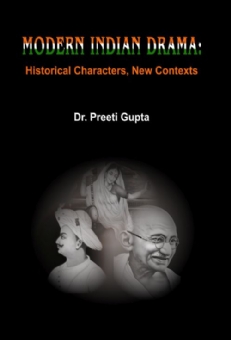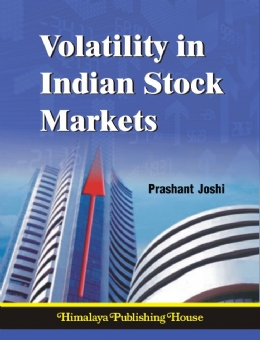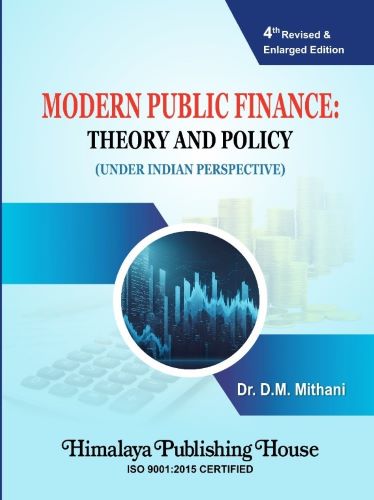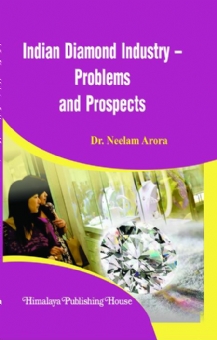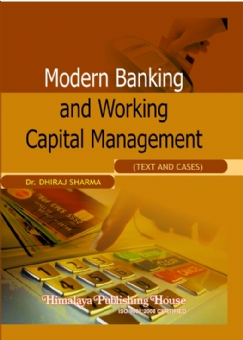A reciprocal relationship between history and literature has long been noticed in various writings and here it is prudently handled by our modern Indian dramatists who by questioning the existing versions throw fresh light on some key regional or national figures of our Indian past.
Challenging the traditional, linear view of history, the contemporary literary writings have focused on disparities and disruptions, realising the need to study history with its polyphonic voices.
Modern Indian Drama seems to negotiate the pressure of both the traditions (history and hagiography) as neither of these two versions of past is able to overhaul the other. All the three representations of Mira, Tipu Sultan and Gandhi in my book are seen moving from the historical towards the hagiographical though in varying degrees and different veins. Where the hagiographical belief on Mira’s life story takes a stronger grip, the degree reduces in context of Tipu. And further in case of Gandhi too, the Mahatma in the end seems to have overpowered the historical Mohan to some extent.
Contents –
1. Introduction
2. Mira: Rebel versus Saint
3. Tipu Sultan: Tyrant versus Martyr
4. Gandhi: Mohan versus Mahatma
5. Conclusion
6. Bibliography

